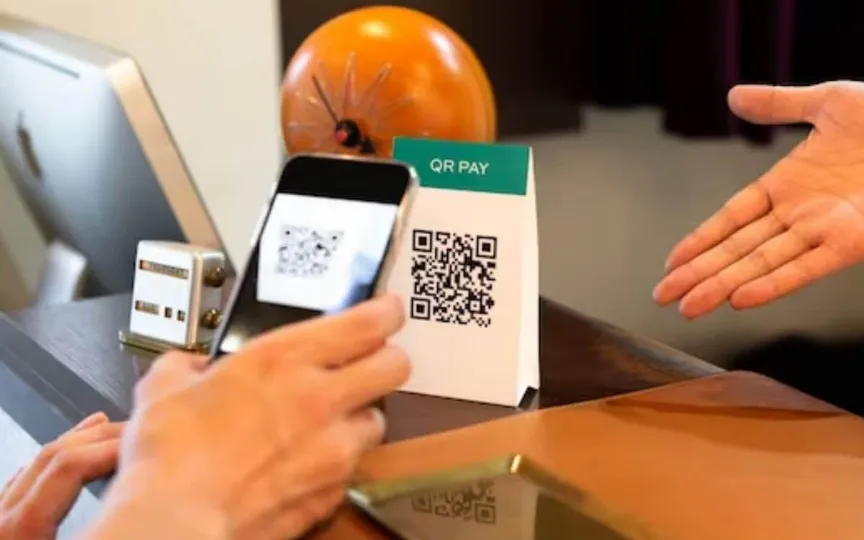US Government Issues Warning About QR Code Scams, Not Limited to India
QR code scams have become extremely common now that millions are using the technology to make payments, scan a menu, or obtain people’s information. Indian police have even warned everyone about the potential problems with QR codes and how fraudsters are now using it to hack into devices to access personal information.
But it seems that the QR scam has now become a global problem, and the US government is issuing its own advice and warnings to people living in the country. The Federal Trade Commission (FTC) has spoken about the problems with the use of technology and the ways in which attackers can defraud people.
US QR Code Scam Alert: What the Government Says
The FTC’s warning has echoes of what we’ve heard from police and cyber experts in India recently. According to the agency, scammers have hidden dangerous website links in QR codes that can be used to steal anyone’s information. The report also highlights the use of QR codes in parking meters, which allow them to steal information from users. Another main source of these QR code scams are using disguised distribution agents.
Scammers will contact you with delivery issues and ask you to share information for which they can share a QR code, which can always get expensive. Another popular method for these scams has been people calling you and claiming that there is a problem with your account, which could be caused by your bank or carrier.
How to avoid falling for QR code scams
Now that you know the basic tricks of these QR code scams, it’s important to know that you can easily avoid falling for these scams. First, always make sure you scan the QR code in a genuine or trusted location. Most of the scams have typos in the messages or text written along with the QR code, so always try to be careful of these changes.
If you get a random message or email with a QR code asking you to take immediate action, don’t do it. And finally, beware of payment QR codes that can trick you into sending money instead of receiving it.




